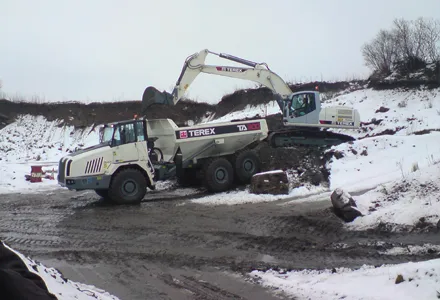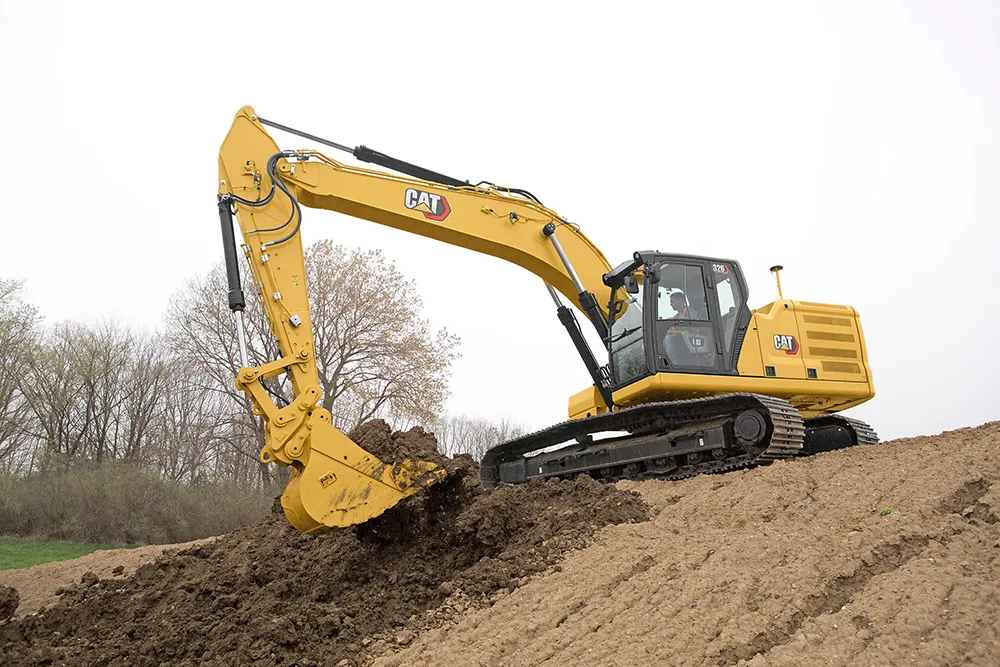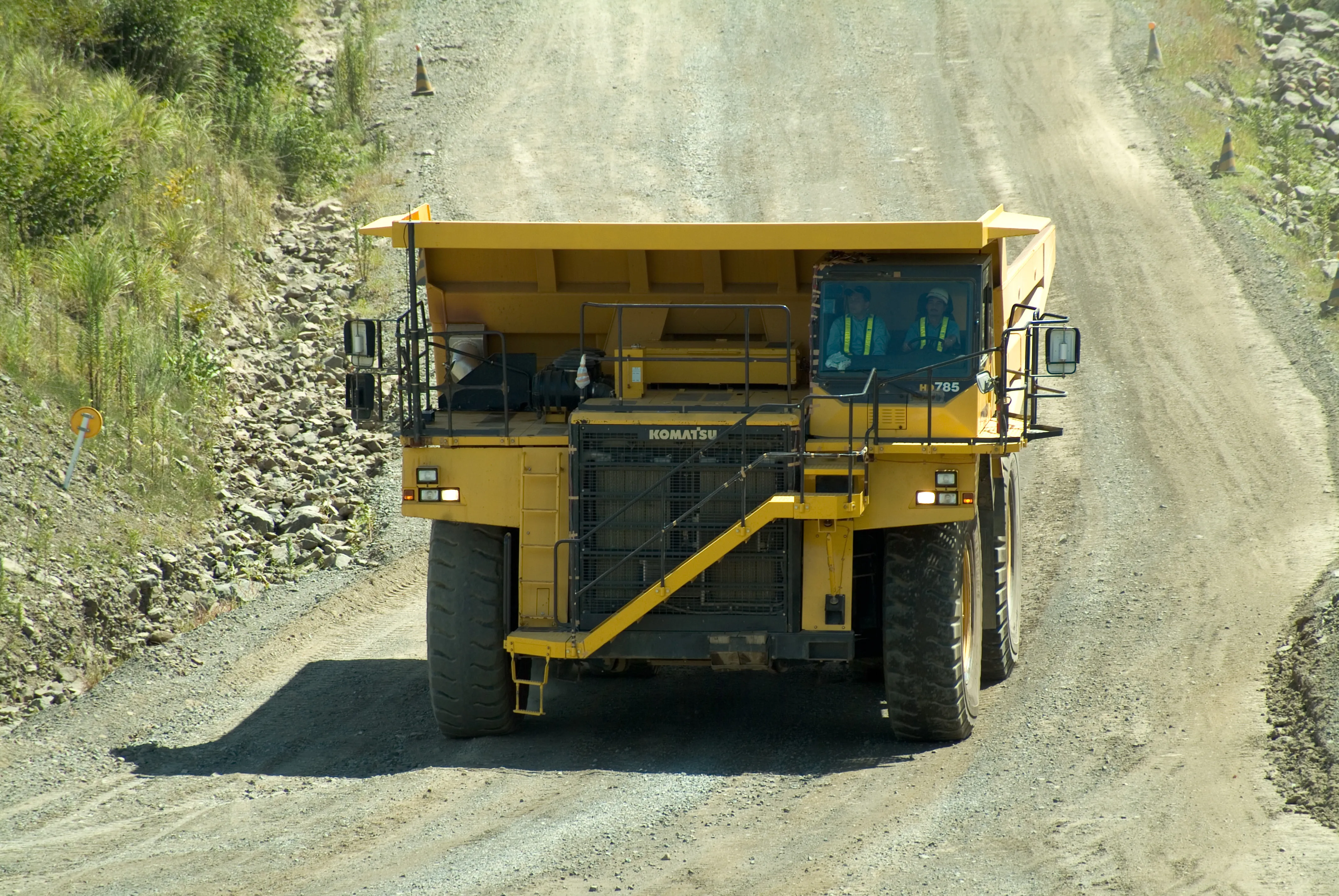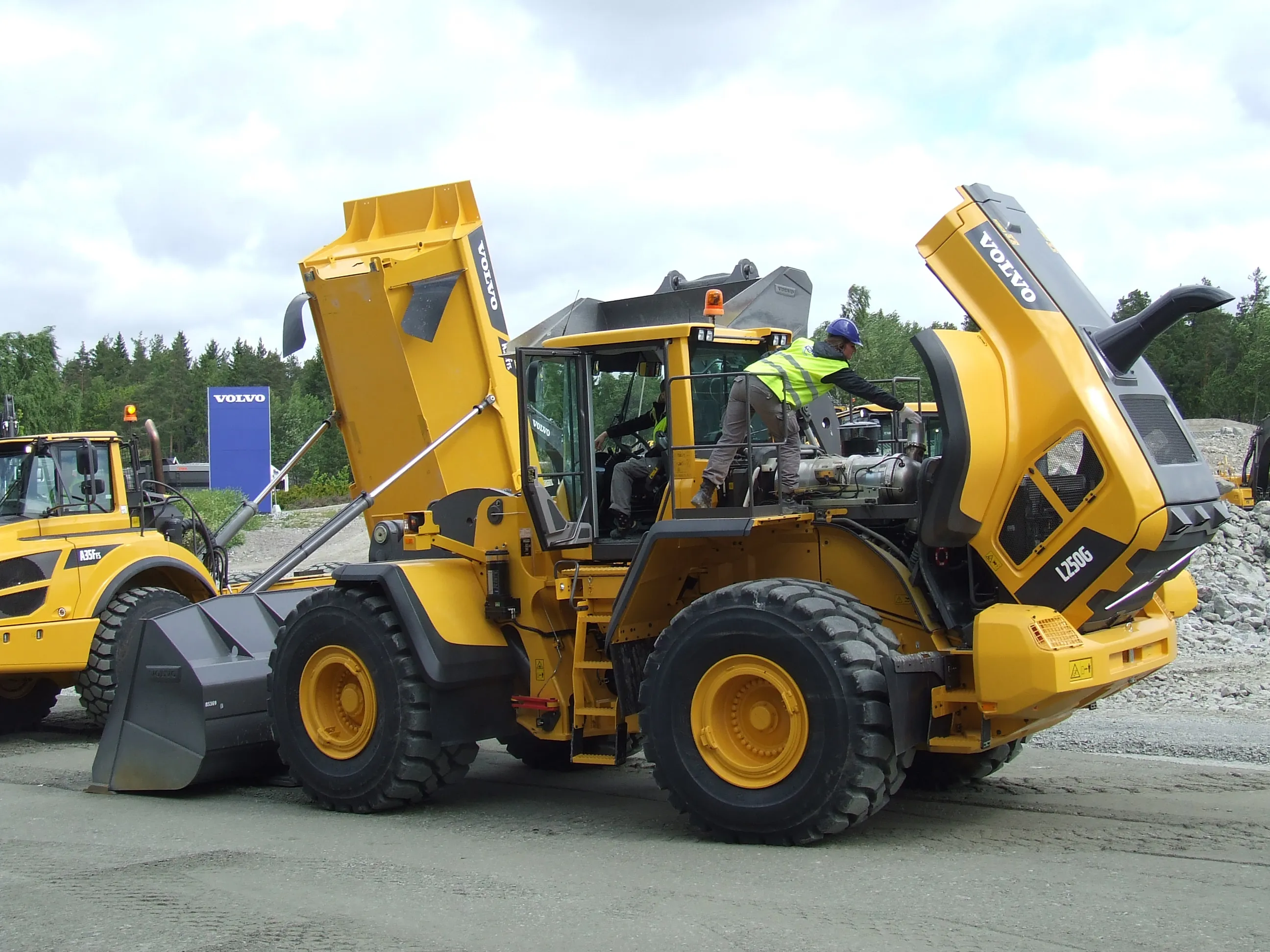Caterpillar has raised the bar for articulated dump truck performance with the introduction of its C Series to replace its B series ADTs. All the new Cat 735C, 740C EJ and 745C ADTs have engines that meet US EPA Tier 4 Final/EU Stage IV emissions standards. The machines also incorporate many new and upgraded features designed to boost the operator’s efficiency, ensure a longer life cycle of the vehicle and save fuel. Rated payload capacities for the new models are 32.7tonnes for the 735C, 38tonnes for the 7
May 19, 2015
Read time: 4 mins
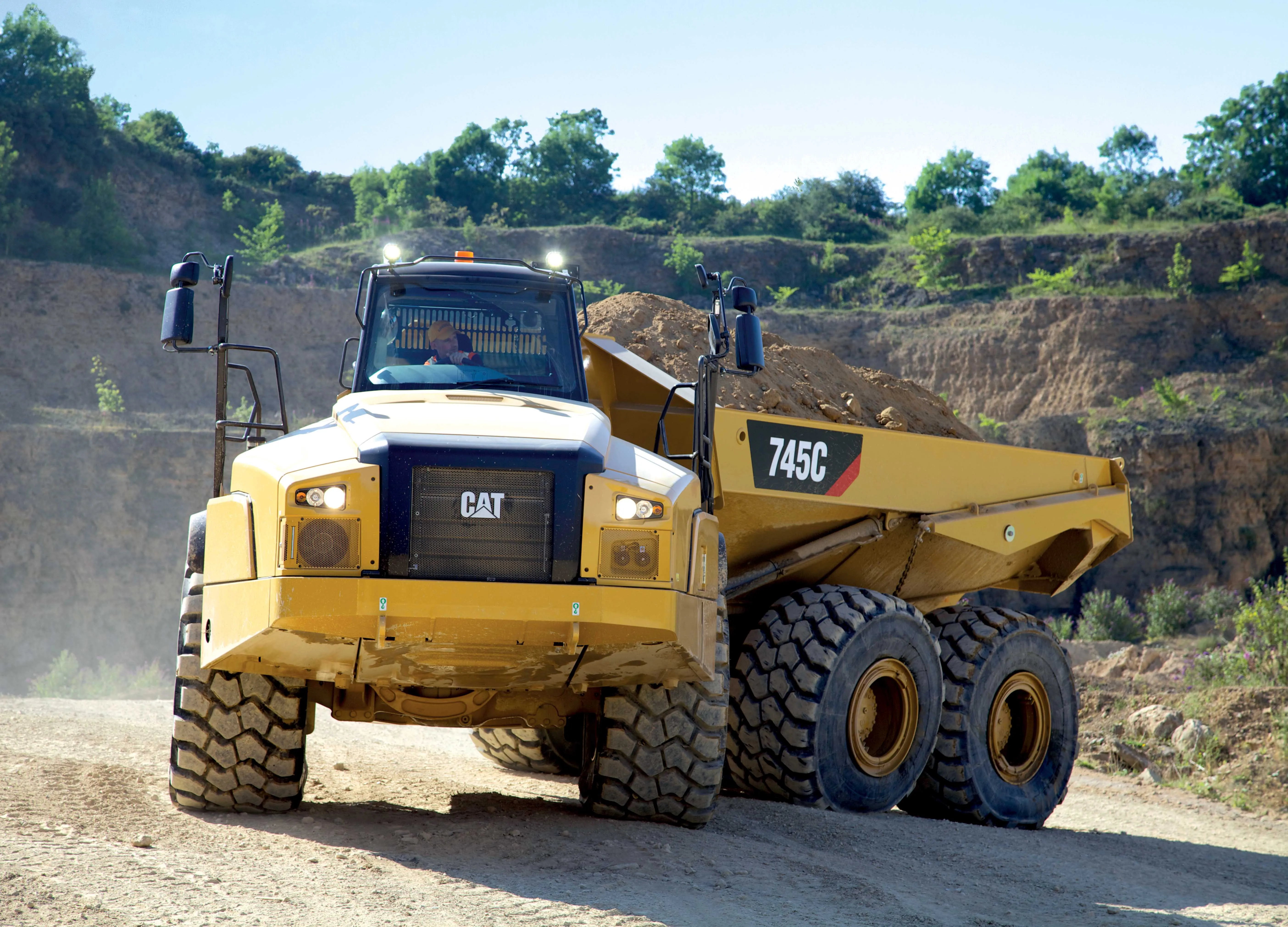
All the new Cat 735C, 740C EJ and 745C ADTs have engines that meet US EPA Tier 4 Final/EU Stage IV emissions standards. The machines also incorporate many new and upgraded features designed to boost the operator’s efficiency, ensure a longer life cycle of the vehicle and save fuel.
Rated payload capacities for the new models are 32.7tonnes for the 735C, 38tonnes for the 740C and 41tonnes for the 745C. The 735C’s engine is rated at 337kW while the engine in the 740C EJ and 745C is rated at 381kW.
The new 740C EJ ejector model, which combines the 745C's tractor with a horizontal-discharge body, provides added versatility and safety in certain operations. The 740C EJ can unload material to uniform depths while travelling at speed. This can reduce the need for on-site spreading equipment and can discharge the load with added stability in soft ground conditions, on side slopes and grades and in environments with overhead obstructions.
The Cat C15 ACERT engines are also available in versions meeting emissions standards for lesser-regulated and non-regulated areas.
Articulated trucks designed for sale in more highly regulated territories are equipped with the Cat aftertreatment Clean Emissions Module (CEM). It includes a diesel particulate filter that can automatically regenerate -- remove accumulated soot -- without operator intervention. The Cat CEM includes a selective catalytic reduction system and diesel exhaust fluid (DEF) tank, with the DEF tank being easily accessed from ground level.
The new Cat CX38 High Density Power Shift transmission has nine forward speeds and two reverse speeds. A number of electronic features enhance overall performance and productivity. One feature, the Electronic Clutch Pressure Control, modulates transmission-clutch engagement for smooth shifting and extended component life. Another electronic feature, the Advanced Productivity Electronic Control Strategy, optimises gear selection for efficient performance resulting in fuel economy.
Shift Torque Management, combined with the improved Shift Control Logic feature, maintains consistent torque flow though the transmission during gear-range changes. It allows automatic shift selection tailored to machine operation and automatically downshifts for acceleration. Part Throttle Shifting allows shifting at lower engine speeds to get improved fuel efficiency, quieter operation and easier low-speed manoeuvring.
All the C series ADTs have permanent six-wheel drive and automatic traction control adjusts the level of engagement for the clutch locks in the inter-axle differential and in the three-axle differentials. Adjustments are made while the machine is in motion. Optimum traction allows for steady production, relieves the operator of manually engaging the system and saves fuel by proportionally applying the locks based on operating conditions.
Retarding control for the C Series models now can be set to fully automatic, in addition to manual control. In automatic mode, the machine manages retarding through a combination of engine brake, gear selection and service-brake application without operator intervention. The automatic system is available for both forward and reverse operations while the manual system has two settings for more experienced operators.
Stopping and starting on grades is assisted by the Hill Assist system. The Waiting Brake system temporarily applies the service brakes during pauses in the work cycle, whether waiting to load or dump.
Accurate payloading is easier thanks to Cat Connect PAYLOAD technologies, such as the optional Cat Production Measurement to prevent machine-damaging over-loads and to avoid fines for overweight on-highway transportation. When used with Cat Connect LINK technologies, PAYLOAD data can be accessed through the online VisionLink user interface.


